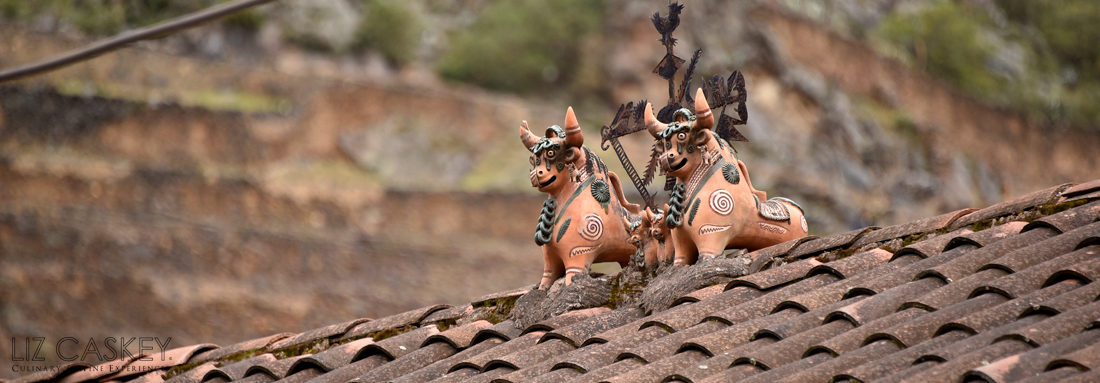
Quite often, people ask what my cooking style is. Today, I can define it in one word.
Elemental.
It’s simple, flavor-forward, and most often centered around seasonal local produce. I love dishes with only a handful of ingredients (or less) that celebrate their inherent flavors. I am particularly obsessed with vegetables and coaxing them into blissful concoctions.
For many years, though, I never gave much thought to what my cooking style was. It was a mish mash of so many things. I loved cooking world cuisines at home and bounced around from one to the next in my own kitchen. Indian? No, wait! Vietnamese. Hold on, now Mexican! And on and on.
A major turning point in the evolution of my own taste, and one of my most important culinary aha moments, was during a trip to San Francisco in 2008. I had arranged for us to dine with friends at the Zuni Cafe, the restaurant of the late chef Judy Rodgers. I had been gifted her cookbook the previous Christmas and was completely enthralled (okay, obsessed) with her cooking philosophy of “less is more”. I studied the book, and cooked from it, like a textbook, trying wrap my head around this approach.
Dinner at Zuni was incredibly simple; perhaps you could even say stripped down. We ordered perfectly grilled wild salmon, Zuni’s famous salt-cured, fire-roasted whole chicken, the creamiest mashed potatoes, and the crispiest gem lettuce salad with a perky vinaigrette that made every flavor pop. The dishes were so honorable in their origins, and totally respected in their preparation, that the result was a level of intensity and succulence that was mind-blowing. As we savored every morsel, a collective wave of silence washed over the table. Between sips of wine, we ate, almost as if it was a group meditation, until everything had been devoured.
For me as a cook, it was a culinary epiphany as to how simple, delicious, and satisfying food could be.
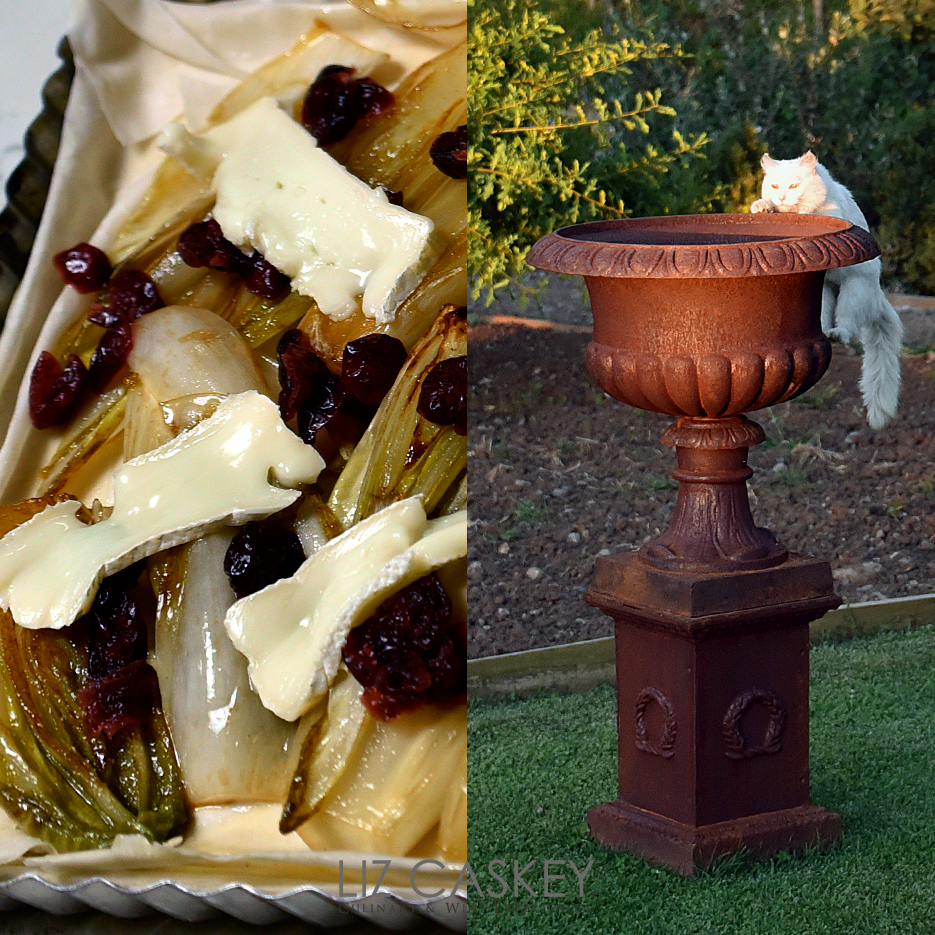
Back in Santiago, that experience of Zuni lingered in my mind, like a flavor compass, for many years. I was determined to find this same freshness and flavor in Chile. After all, our climate is nearly identical to California with an abundance of seasonal, fresh produce year-round.
I have always been a farmers market goer and find so much inspiration in them. As the popularity of our market tours in Santiago grew, and I frequented them almost daily, I continued to train and hone my instincts as I cooked from them for our guests, my friends, and my husband. I was essentially teaching myself to cook with the seasons.
I slowly surrendered and let my intuition and palate take the reigns. I stopped using recipes as a crutch and started using them only to springboard to my own preparations. I learned how to salt correctly (a valuable life skill!). I started listening to the produce on market day and let it “speak to me”. As I walked past the piles of perfectly stacked tomatoes, rosy-hued peaches, and fragrant bunches of basil in summer, for example, the dishes of lunch would appear like a vision in my mind. I could, quite literally, taste the end result and intuitively knew where everything needed to go.
Over time, I became a sort of “vegetable whisperer” and loved any challenge of seeking out the right preparation to magnify the charms of a purple potato, a tender stalk of asparagus, a humble Jerusalem artichoke, just-picked spring fava beans, and many more. I also started to search for that same freshness and seasonality in my cheeses, fish, bread, wine…pretty much everything that crossed my plate and was poured in my glass. The less-is-more philosophy wasn’t only limited to the table, my kitchen and wine cellar…it infiltrated pretty much my entire world.
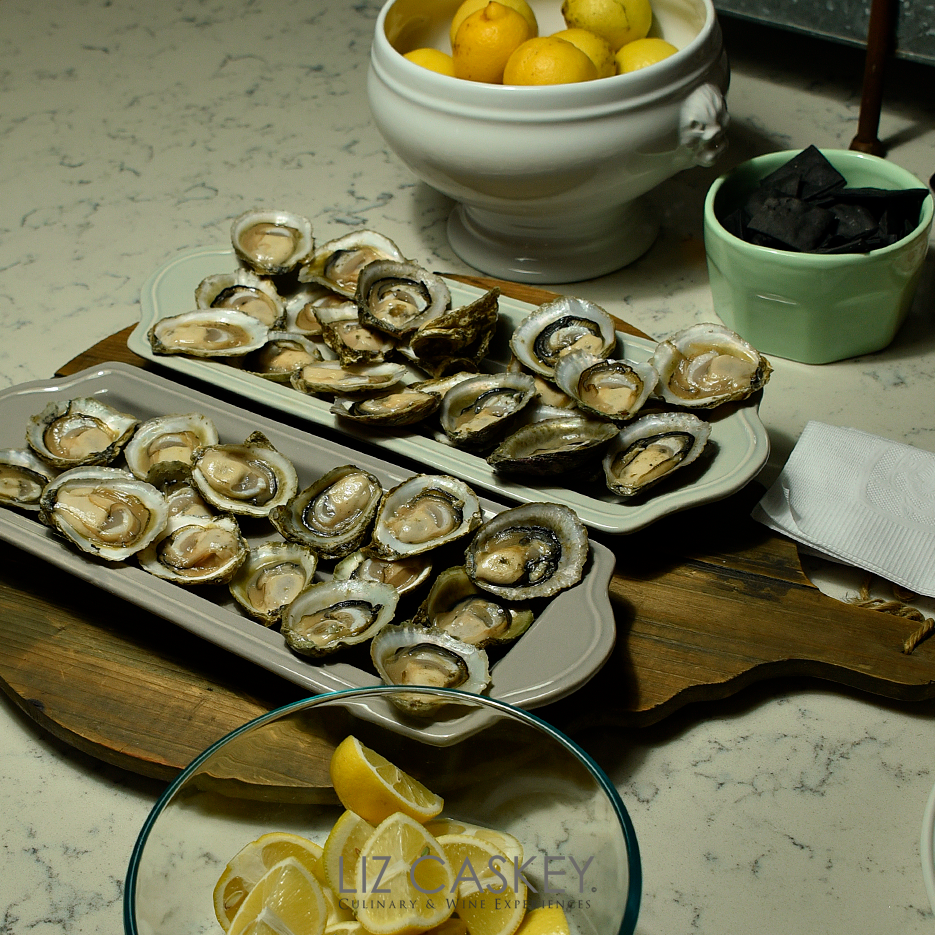
One constant I have learned from market cooking and being a lifetime student of cooking is that good cooking requires good ingredients as the starting point. Period.
The same could be said for making wine, cheese, and really any “craft” where organic materials are used and permuted by man’s hands. When you take care of the ingredients and harvest them at their peak flavor and sweetness, little needs to be done to them other than exalting their natural flavor. This doesn’t necessarily mean they are not labor intensive nor do you sacrifice technique. Saving time is not eliminated necessarily either (sometimes it’s even more involved), but the end result is always exquisite.
Today I find it hard to cook without thinking about where all the ingredients come from. There is truly no greater luxury than knowing where your food is grown (even you maybe even know the farmer!), who makes your cheese, your olive oil, your bread, how the meat is raised. You could have the simplest dinner of roast chicken, grilled vegetables, and a garden salad but that meal’s story and its flavors run so deep and are full of meaning. A simple meal becomes a symphony; a feast to be celebrated for no reason other than it’s inherent vibrancy.
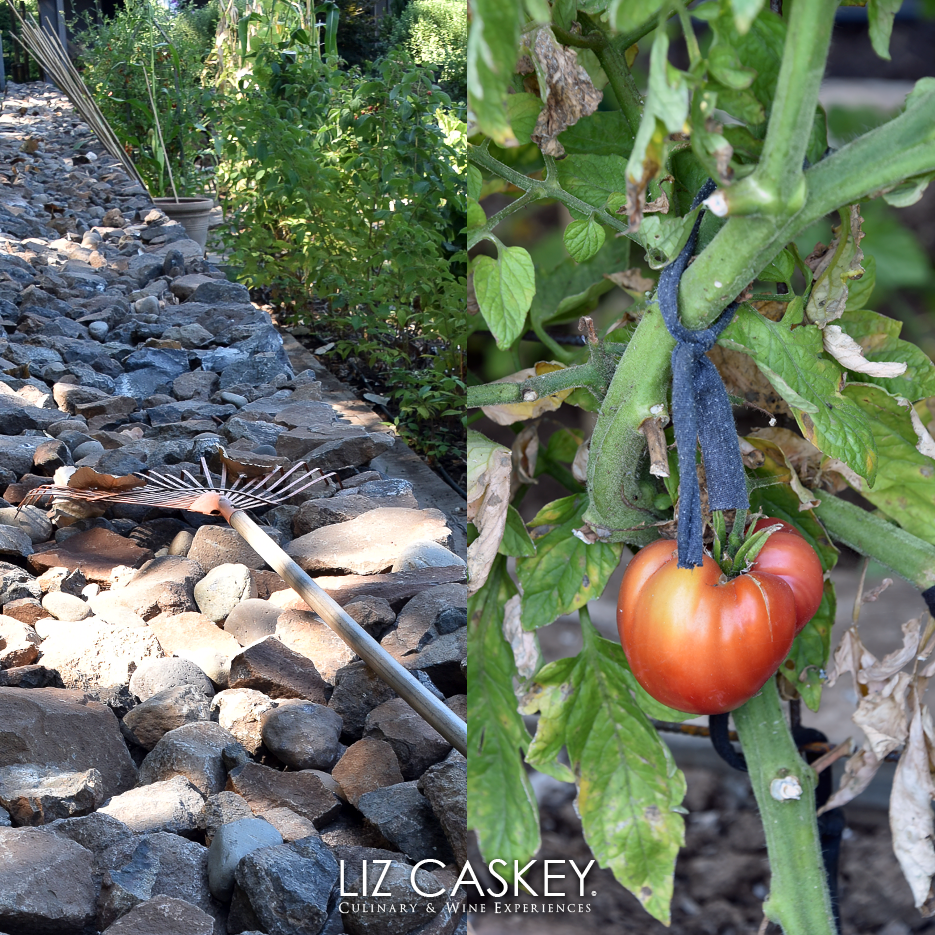
Our family lives a totally urban lifestyle here in downtown Santiago. While I hit the markets every week, any attempt at planting our own garden project is destined for our (very narrow) terraces. This has been a major source of frustration for me. I dream of walking in a garden, not bending over (and fighting vertigo) to water my plants and be with them. Being surrounded by green, by nature, brings a soothing peace that I am craving more and more frequently.
Fortunately, we are blessed to have good friends, Rodrigo & Silvia, who live in the countryside south of Santiago when we need an escape from city life. They love to cook and entertain as much as we do, so visiting them is a total pleasure. The agenda never involves anything other than “hanging out” over a late breakfast, putzing around their garden, cooking in their beautiful kitchen, drinking a lot of good wine, and having many good conversations over a shared love of exquisite food and life.
Pretty much, the perfect weekend.
The garden is Silvia’s work of art. Encased by pircas, stone walls made by an ancient Incan technique of arranging stones with nothing to hold them together other than their own weight, the beds are meticulously planted and rotated on a seasonal base with dozens of varieties of herbs, vegetables and fruits. Silvia herself is quite the force to reckon with; she’s one of those renaissance women who can do anything and everything. She’s a passionate cook, an expert gardener (vegetables, flowers, and plants), a loving mom, an interior decorator who oversaw the entire interior design of her gorgeous home, among many other titles. Her huerta, though, is where her creativity, quite literally, blossoms. I want to live in it every time we visit. I come home pumped to start my own garden project someday soon.
When we cook at Silvia and Rodrigo’s, like at our home, the seasons and weather dictate the menu, which is as important in cooking as the seasonality of produce. Nothing is planned too far ahead of time. Rather, we default to the garden, the weather that particular day, what wines we want to drink (always an important consideration!), if we have meat or fish, and of course, we bring “goodies” from Santiago like fresh seafood (ironically not easy to find in the countryside even given Chile’s coastline), artisan cheeses, and my weakness, French macarons.
Garden or market cooking is something I often find that many people despair with as a way of cooking. It’s too “freestyle” if you don’t have some basic tenets of cooking in place. I personally find it to be totally liberating in every sense. It gives me the chance to indulge my spontaneity and be creative with what’s on hand, something I overlook being the planner I am. Sometimes, going with the creative flow and following my instincts from the market or garden is exactly what I need.
Having access to a fresh market, or even better a garden, bursting with fresh produce makes it fairly easy to cook this way. You just take a little walk, choose what is ripe, or whatever calls you, then head to the kitchen, review what’s on hand in the pantry, and then pull it all together to optimize the flavor. Technique comes into play depending on the season, if it’s hot or cold out, how long you want to be in the kitchen, but overall the mantra is “keep it simple and respect the natural flavors”. What I truly love about this form of cooking is that you pick whatever looks good that day and listo, your meal is already halfway there.
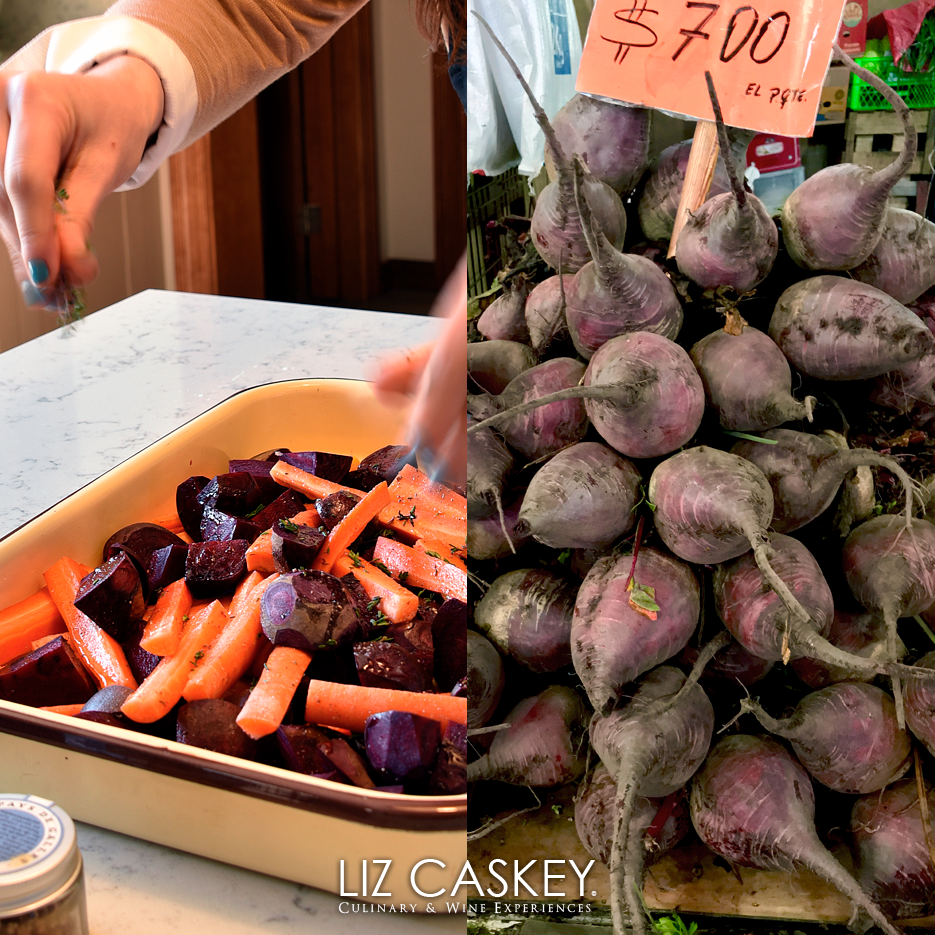
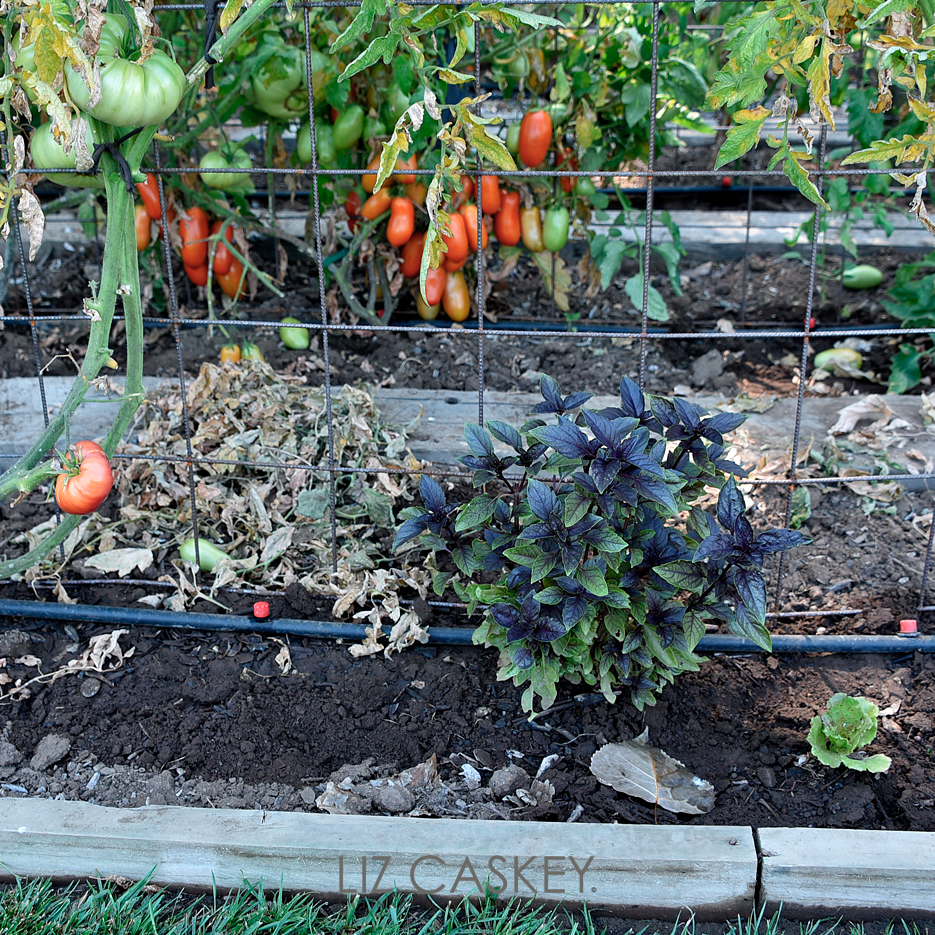
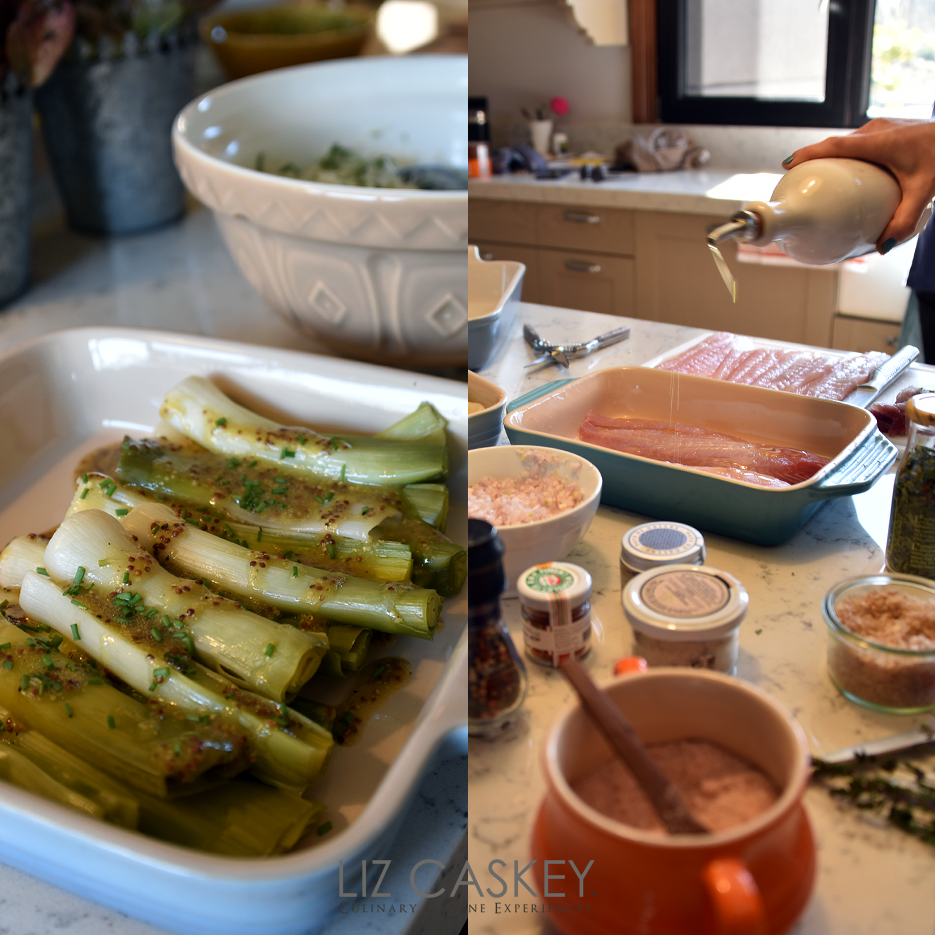
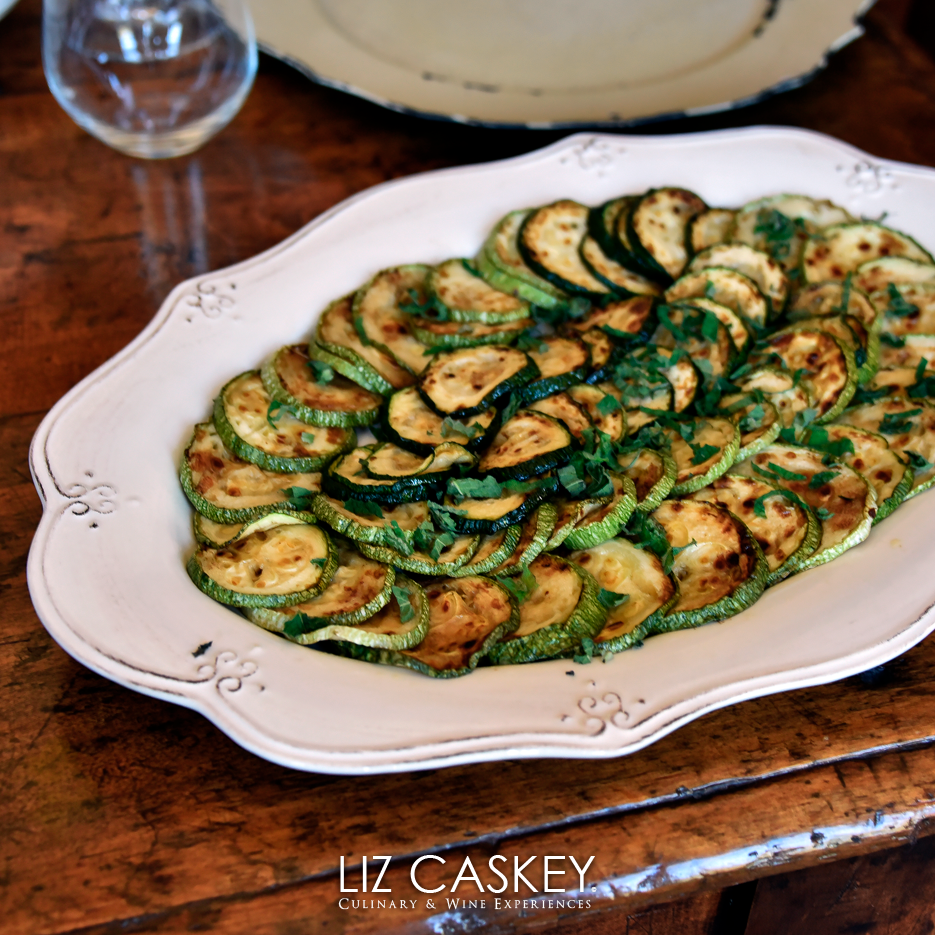
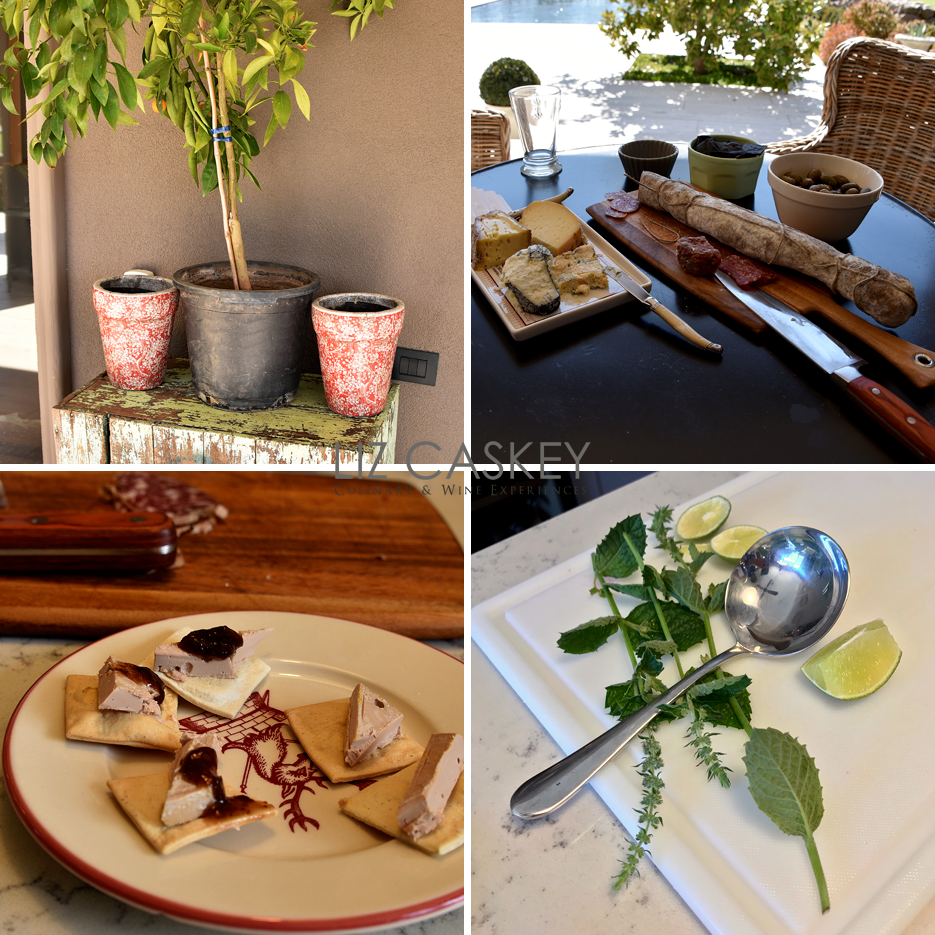
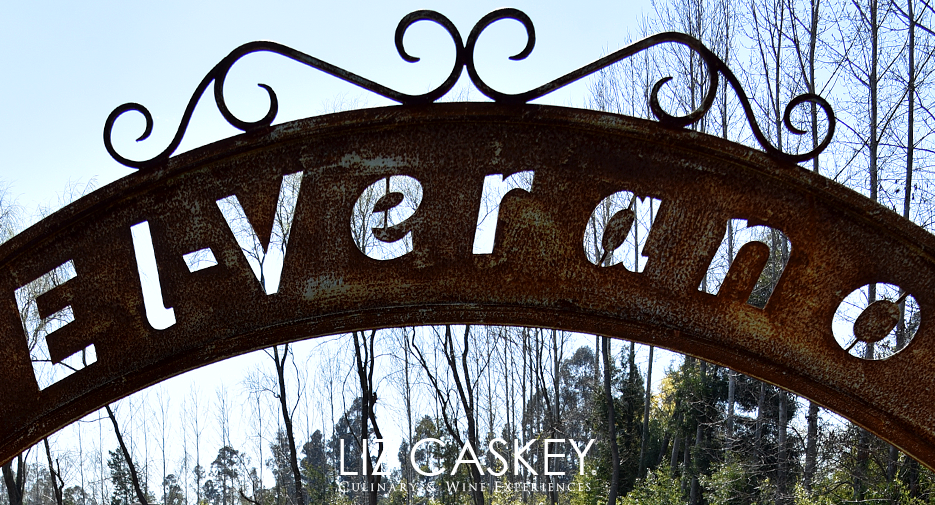
During our cooking weekends with Rodrigo & Silvia, we prepare a line up of many dishes but the main event is centered around the long Saturday lunch, a typical event in Chile every weekend. Given the amount of wine involved, this works perfectly since a siesta after is always needed.
One winter weekend in late August, we met and staged a feast that started with some beautiful baby carrots and beets I had spotted. They were begging to be scrubbed with their skins on and roasted in some peppery local olive oil. We tossed them with flor de sal from Cahuil and fresh thyme from the garden.
I volunteered to make my favorite (French) salad: steamed leeks (in their peak sweetness in August in Chile) with a mustardy vinaigrette. I pan-fried delicate sole fillets I had sourced from my fish monger, Don Raul, at Mercado Central and whipped up a creamy shallot sauce that was absolutely perfect for that cold day. The fish was succulent and velvety. I am going to digress, but could someone please tell me why cold weather makes my body beg for cream and butter!!! I don’t know why but it does!!
Rodrigo had arrived that morning from the market in town with chagual, an evergreen perennial that grows on the hillsides in central Chile. In the countryside they core it, peel it and shred it as a raw salad. It has a texture similar to cabbage but slightly more fibrous with a neutral taste. He served it with chopped cilantro, and dressed the salad only with a squeeze of lemon juice and a pinch of sea salt.
During another visit, most recently in the summer, the garden was in full swing. That Saturday morning, I meandered out alone after breakfast to forage for some ripe cherry tomatoes on the vines climbing the garden wall. I was dreaming of tomato salad for lunch. While harvesting, I noticed some Tuscan kale needing to be used asap or it would die in the upcoming heat wave. I carefully harvested the leaves, still firm, placing them in a wicker basket.
Harvesting produce has become a zen activity for me as it engages my hands and senses while quieting my monkey mind. I was in my element snipping away kale and then pimientos padrones, padron peppers, to saute in olive oil and sea salt for tapas in the evening. I returned to plucking more of the sweet cherry tomatoes. I popped one in my mouth, still warm-from-the-sun. It was as sweet as a grape, almost candy-like. I stood tucked away among the tomato vines for a few minutes, just noshing away and savoring that lingering taste of summer in my mouth.
That afternoon for lunch, I sliced the kale into a fine chiffonade and tossed it (by hand) with a hearty handful of freshly grated Manchego-style sheep’s milk cheese from Patagonia. After, I simply laced the salad right before serving with piquant olive oil, sea salt, and black pepper and the secret ingredient…a little lemon zest. Divino.
We slow-roasted Patagonian hake fillets in the oven with a citrusy sauce studded with herbs from the garden. The cherry tomatoes were halved into a salad with three kinds of basil and really only needed a drizzle of olive oil, sherry vinegar, and pinch of salt to exalt their flavor. As the mercury hit 36C that afternoon, we sat down at 3pm to eat (after the prerequisite dip in the pool and obligatory appetizers and cocktails). Lunch was light, fragrant, and paired perfectly with the line up of crisp white wines from the south of Chile.
During that morning cooking session, in an inspired moment, I decided to leverage the last red currants I had brought from Santiago. I recruited Silvia to dust off the gelato machine and help me make a red currant sorbet accented with elderflower cordial. I know what you are thinking…elderflower cordial??? Yes, it was a long shot to find this in the middle of the Chilean countryside, but I was also in the company of Rodrigo, who’s a skilled barman with probably the best stocked bar in all of Chile! He came back smiling with a bottle of it in his hand. We were in business!! The red currant sorbet was a showstopper and worked wonderfully as a palate cleanser before we detoured into the intensity of the espresso and macarons.

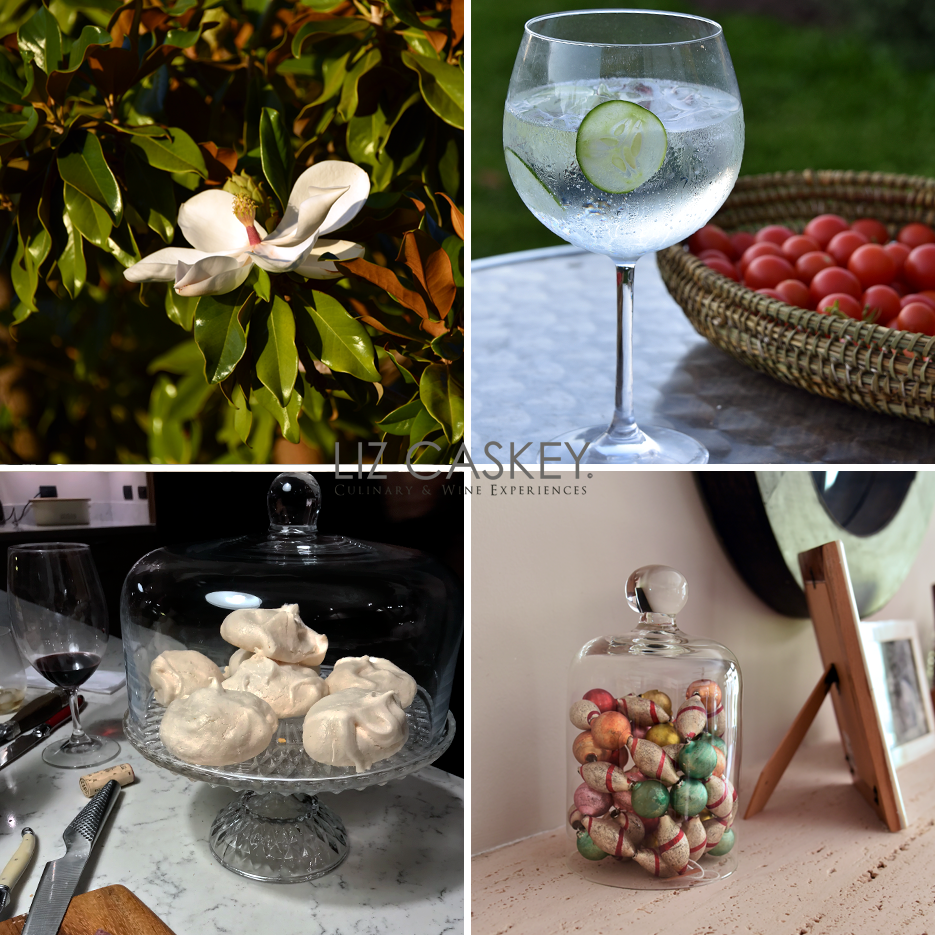
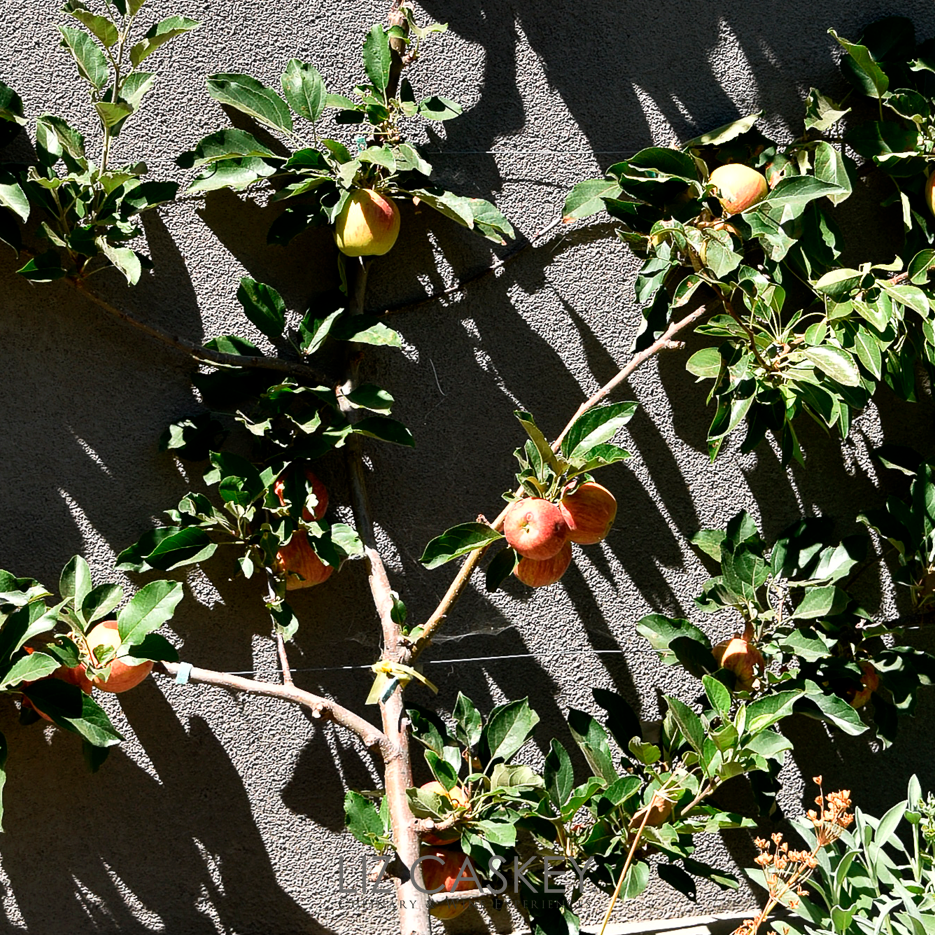

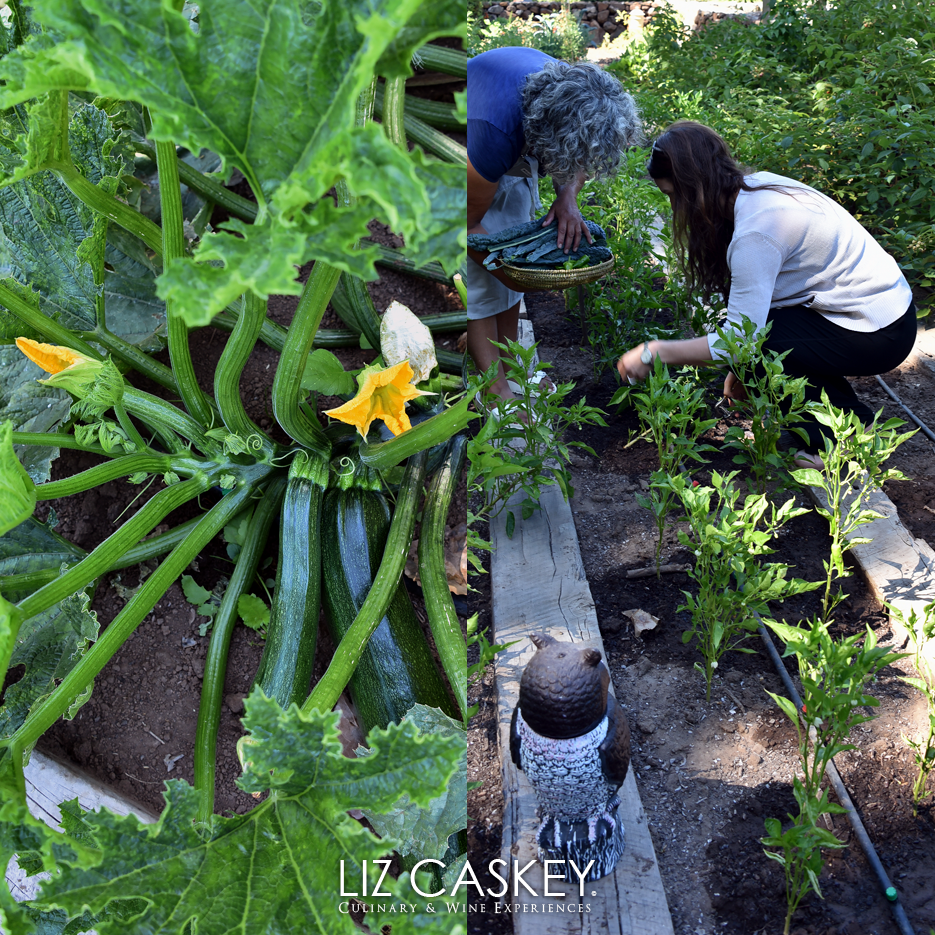

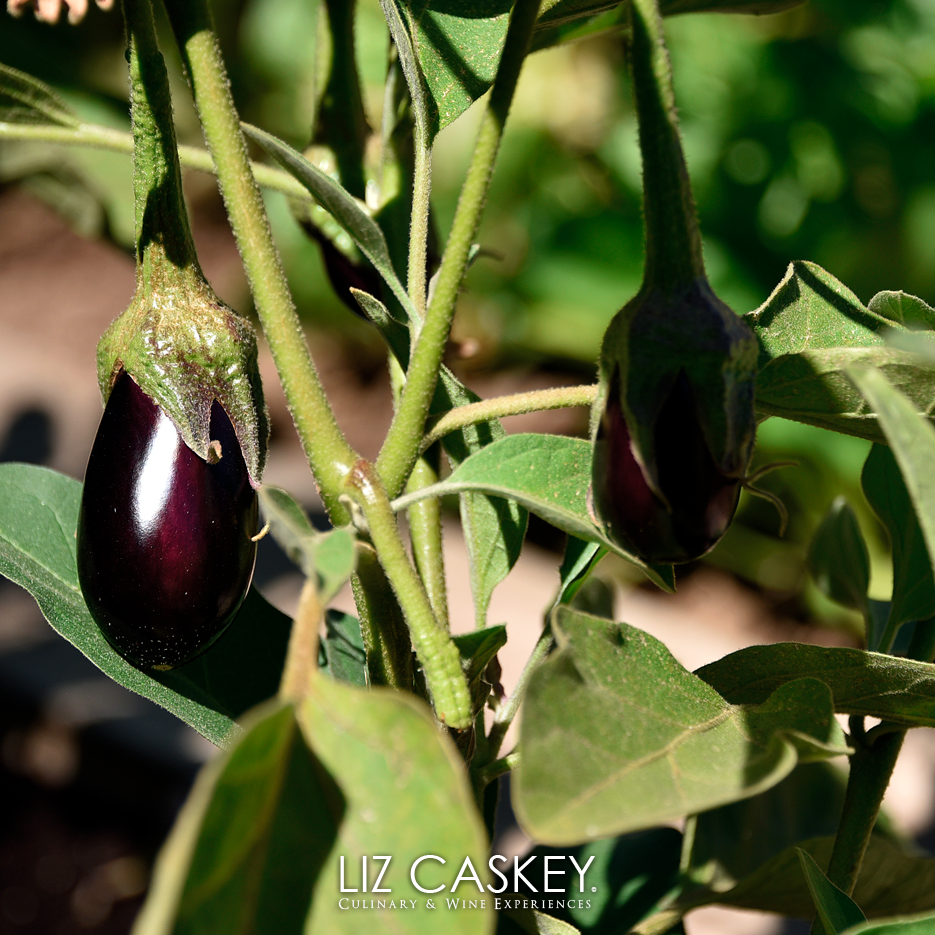
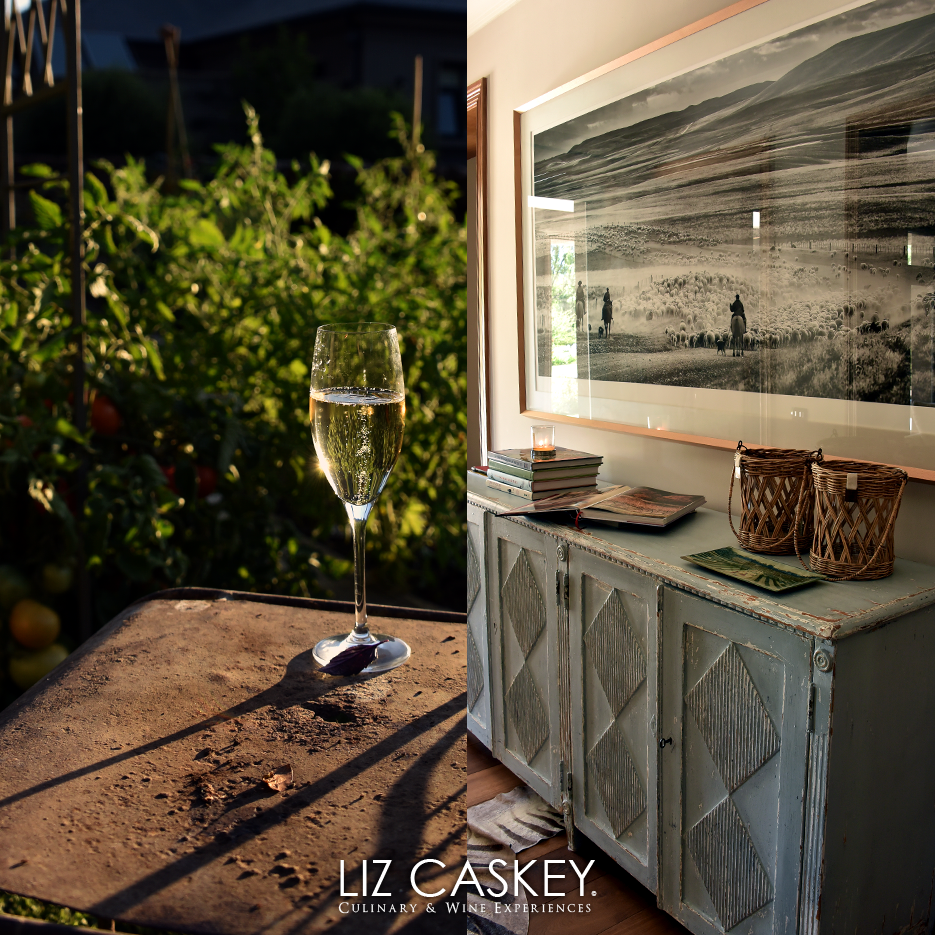
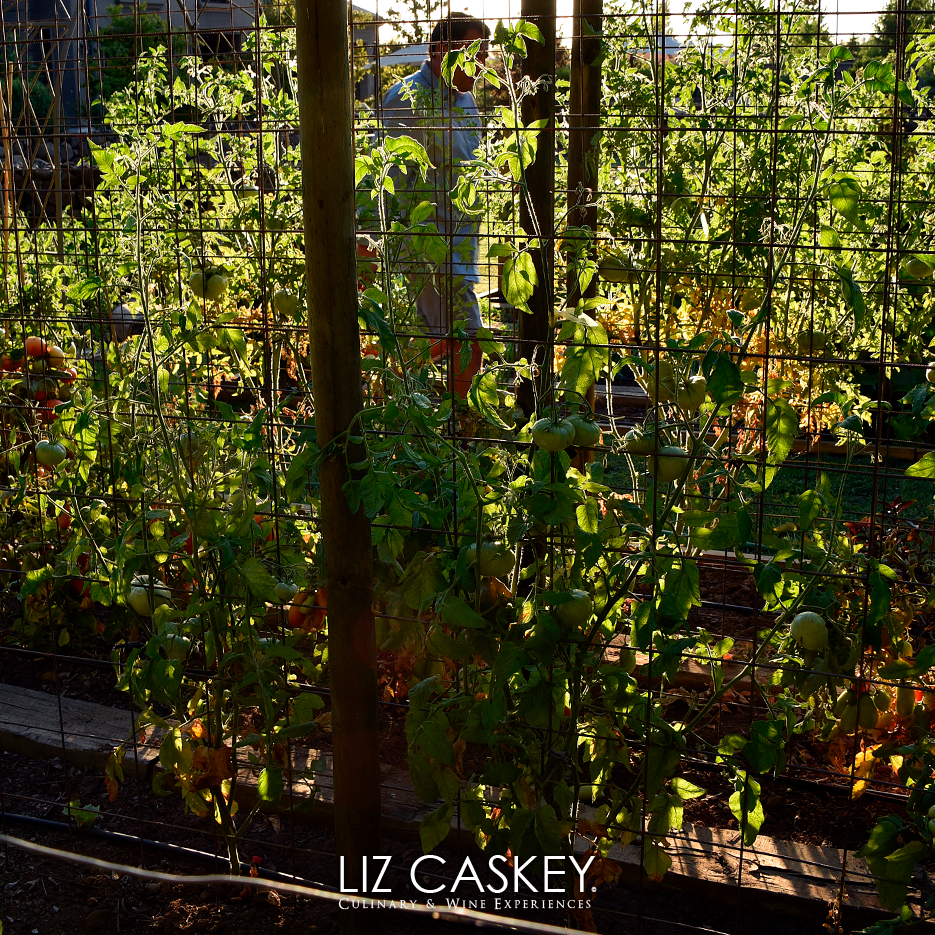
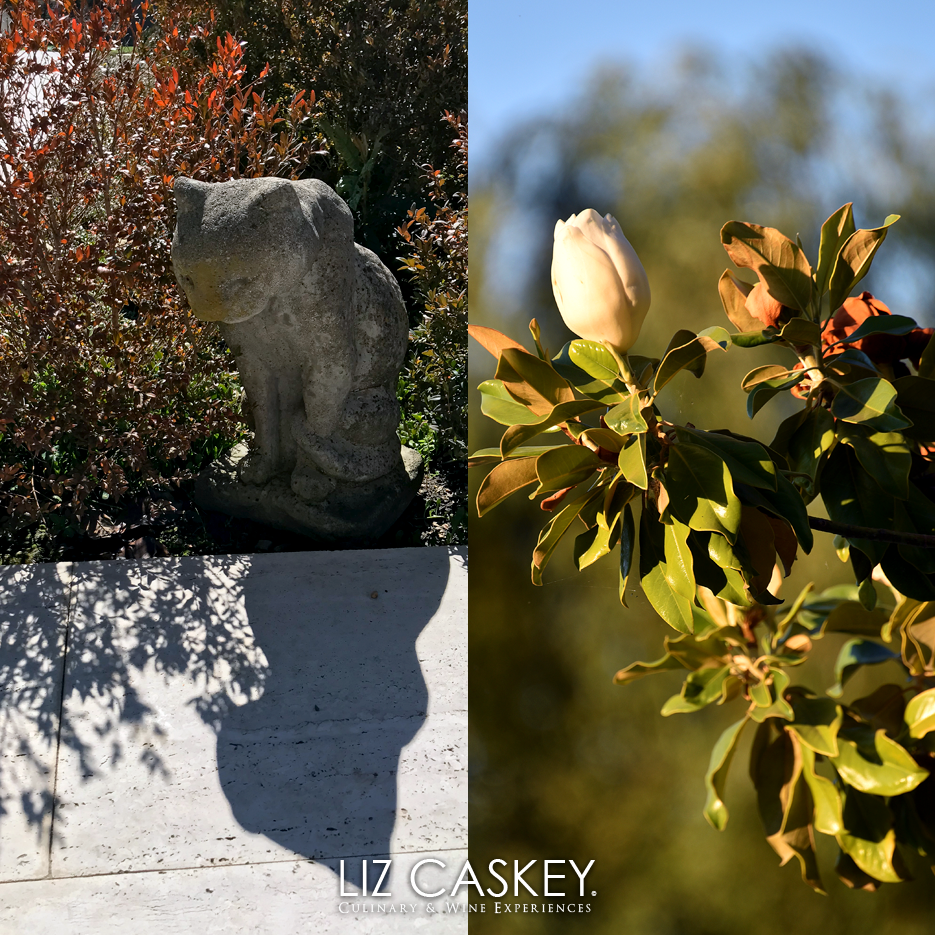
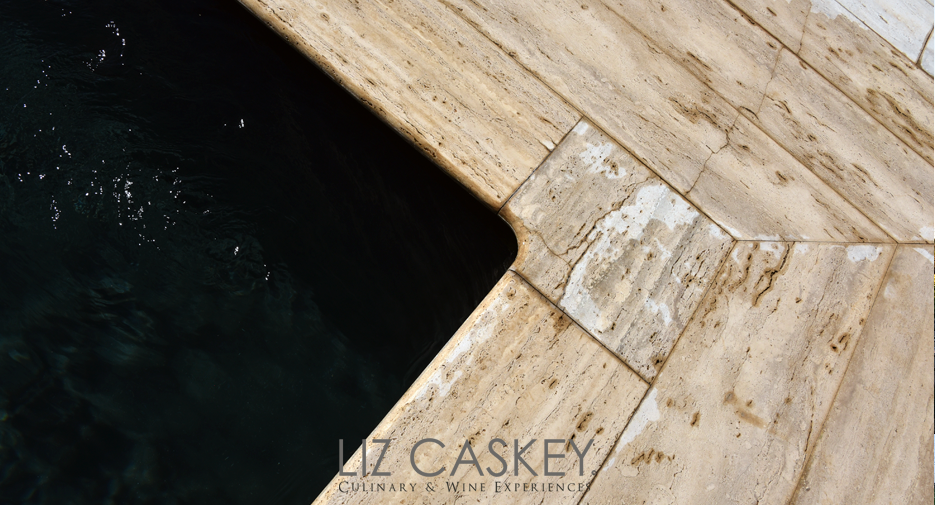

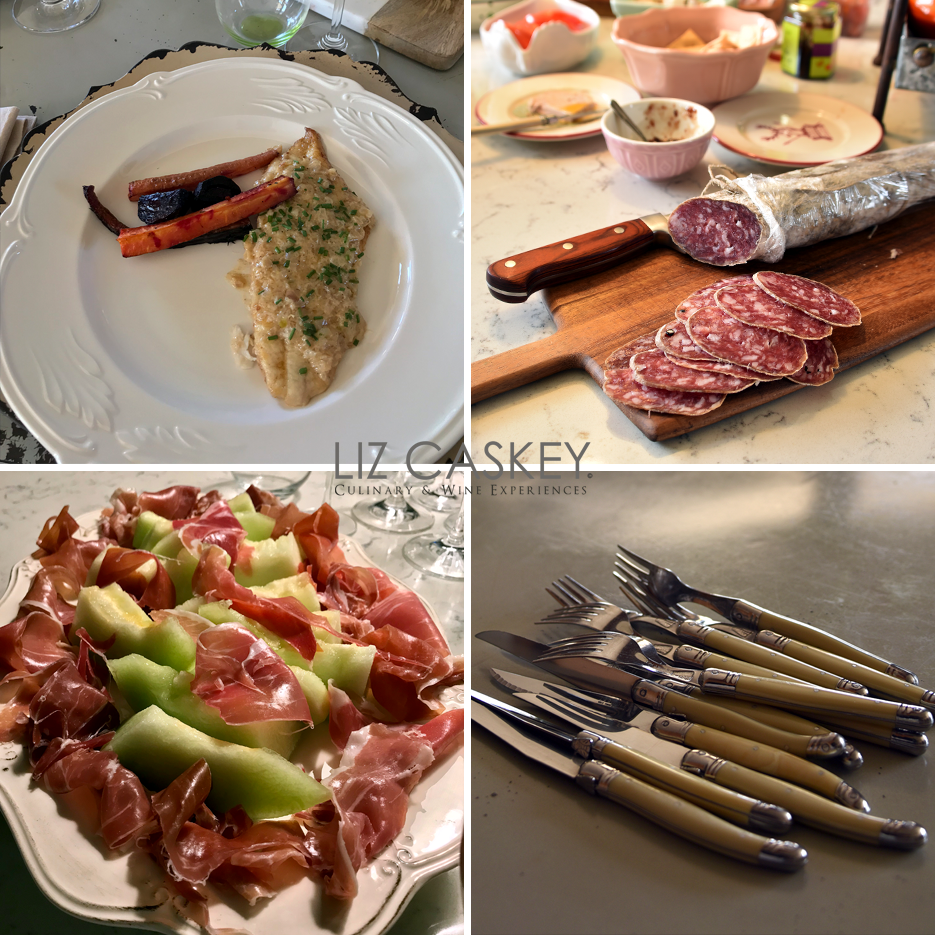
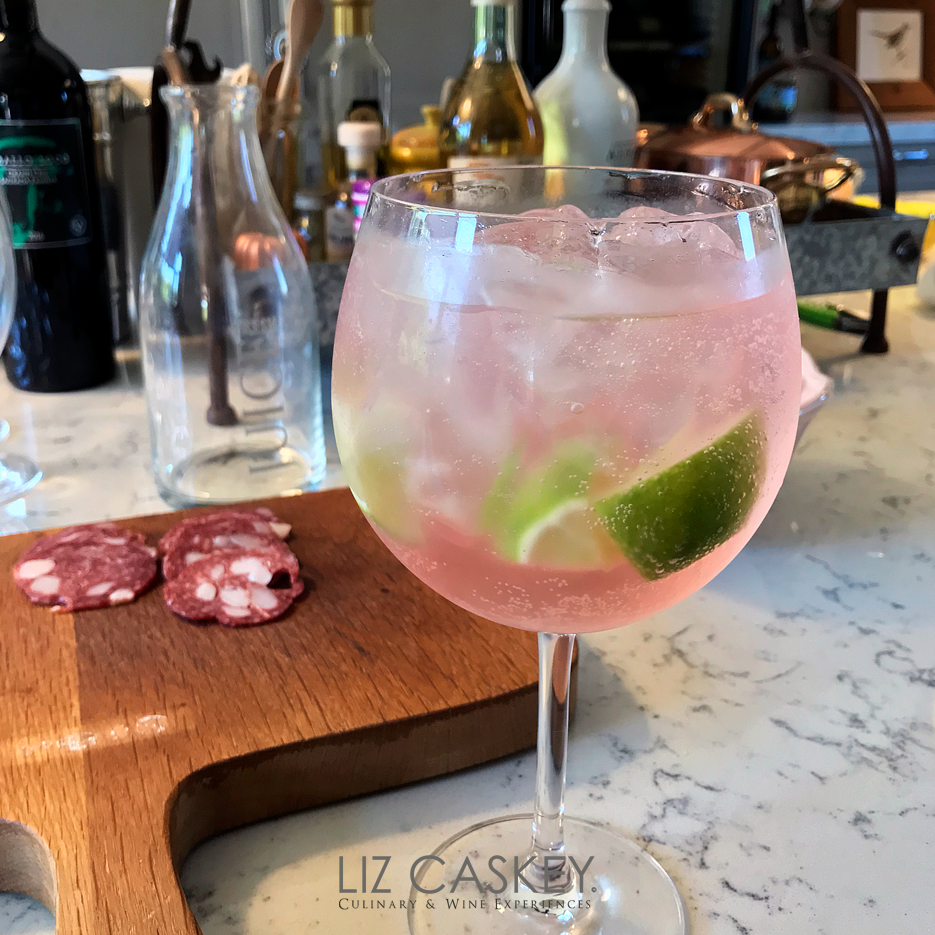

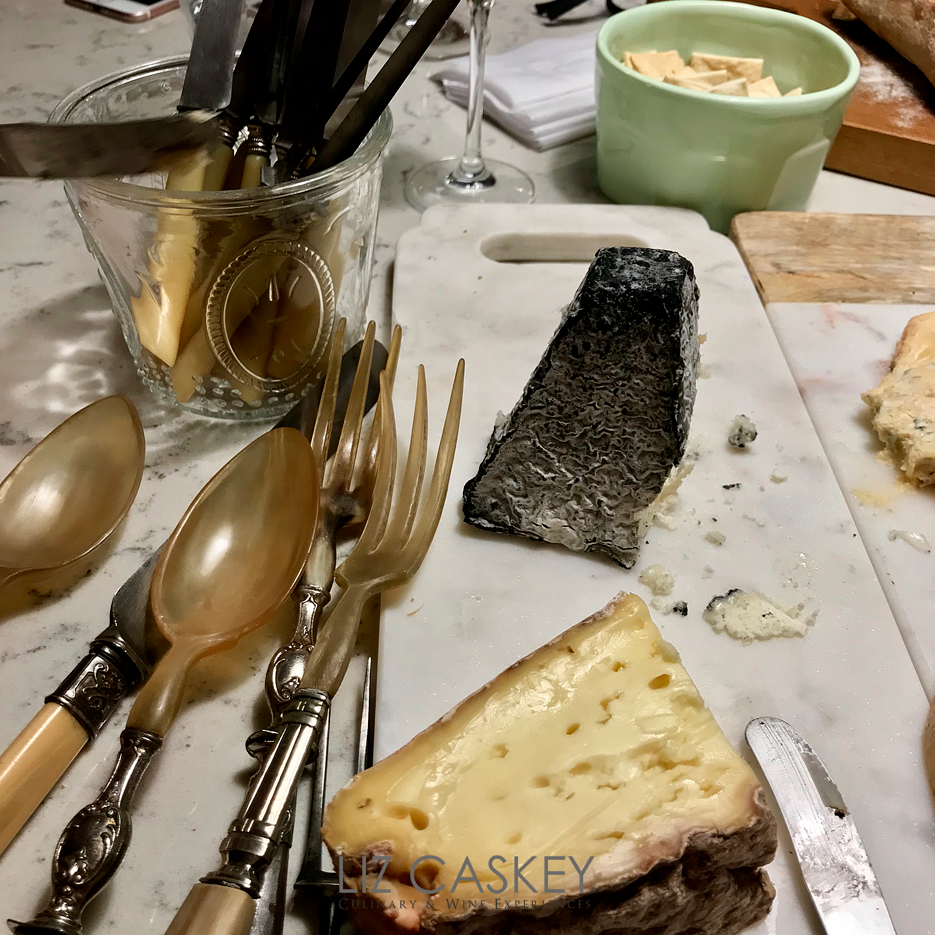
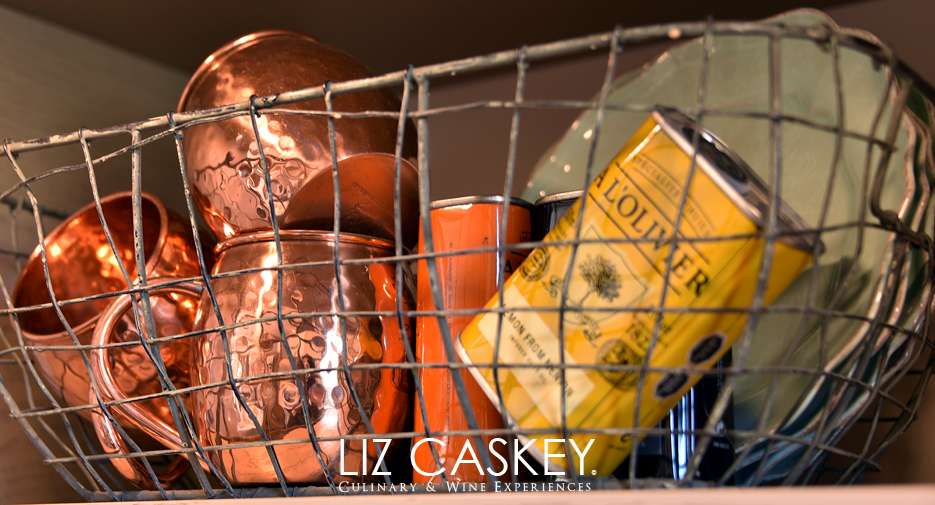
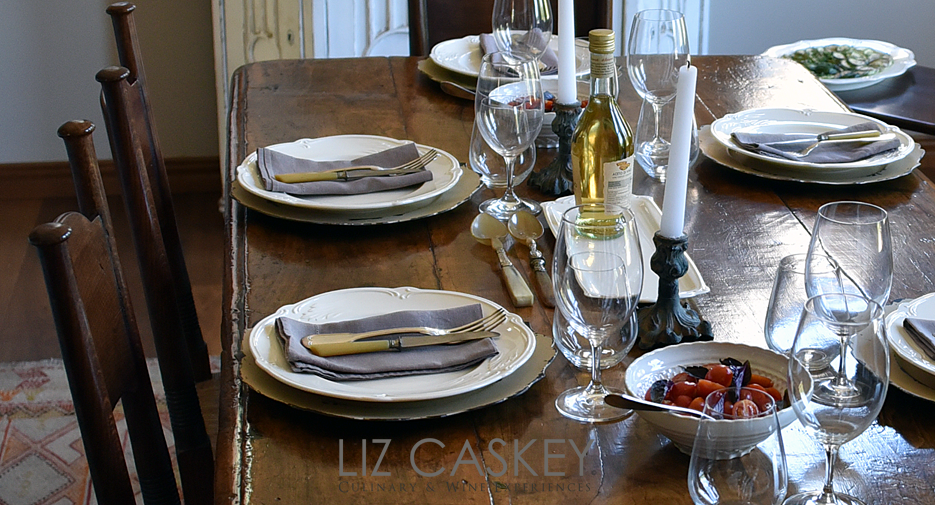

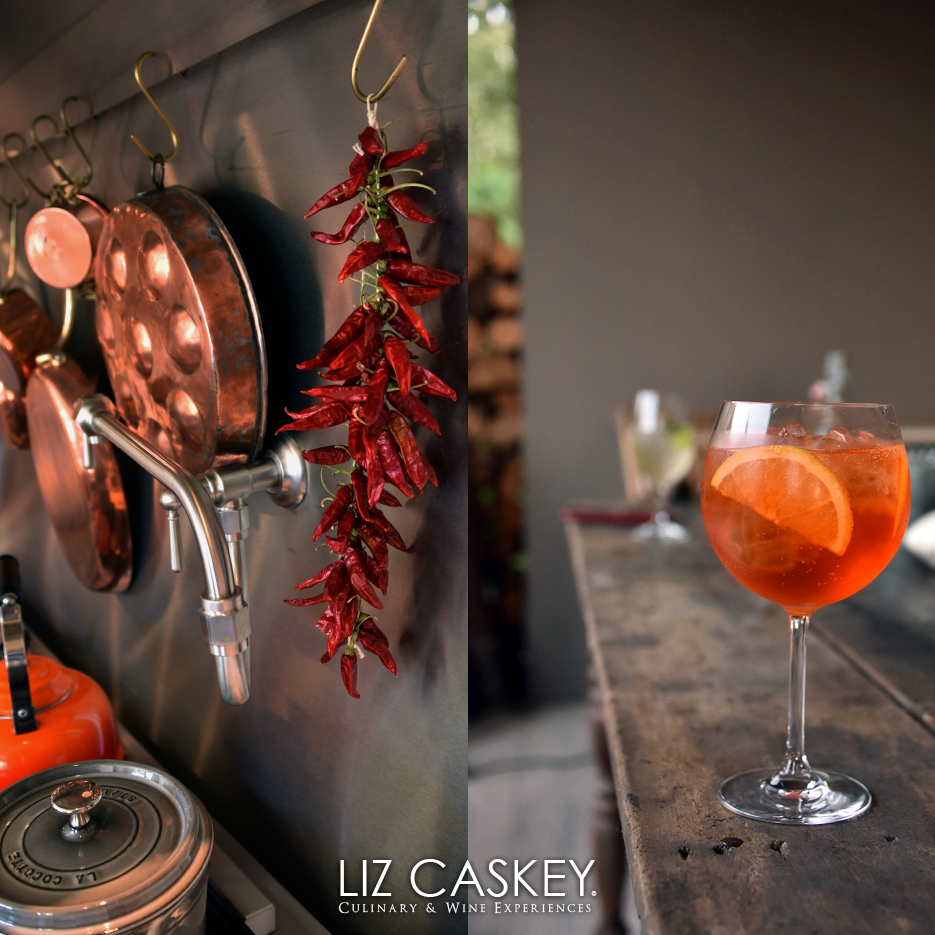
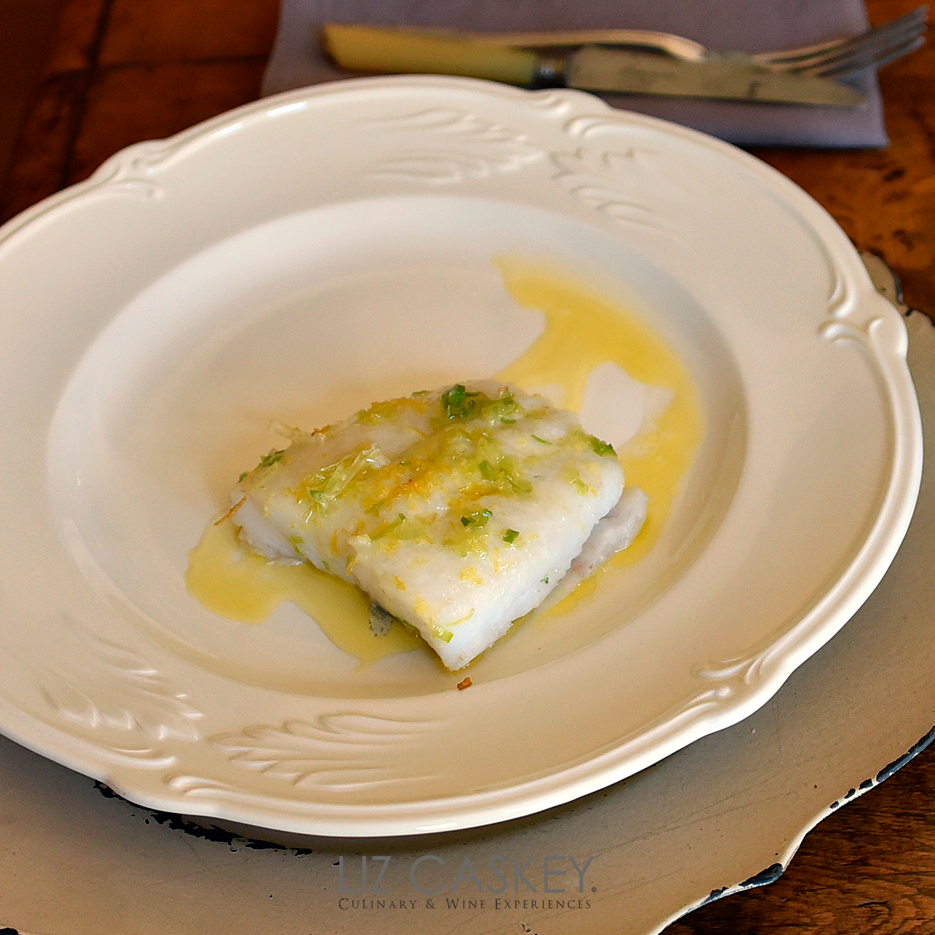



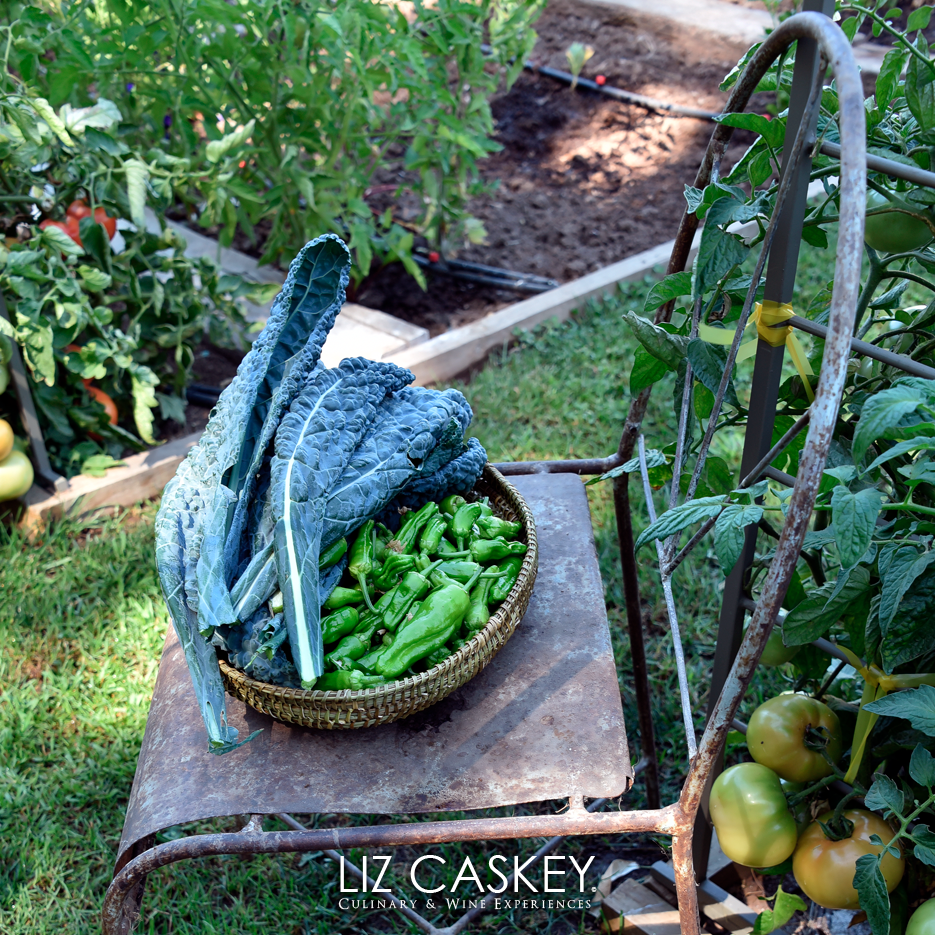
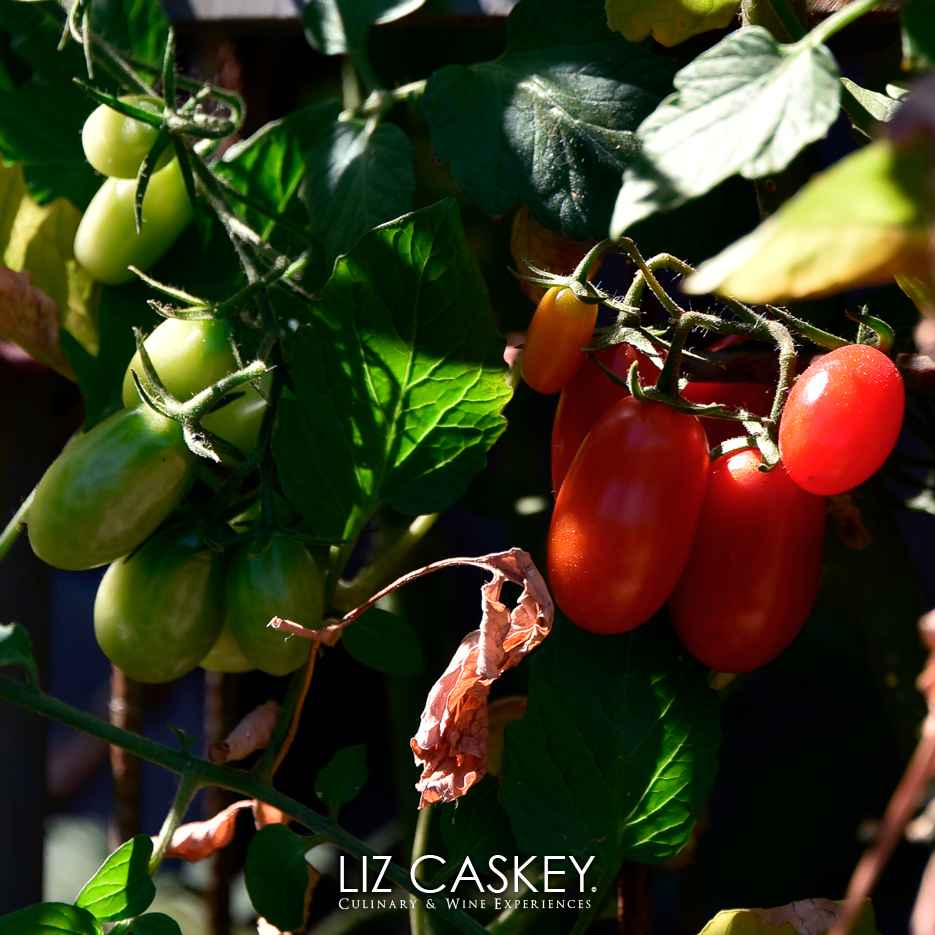
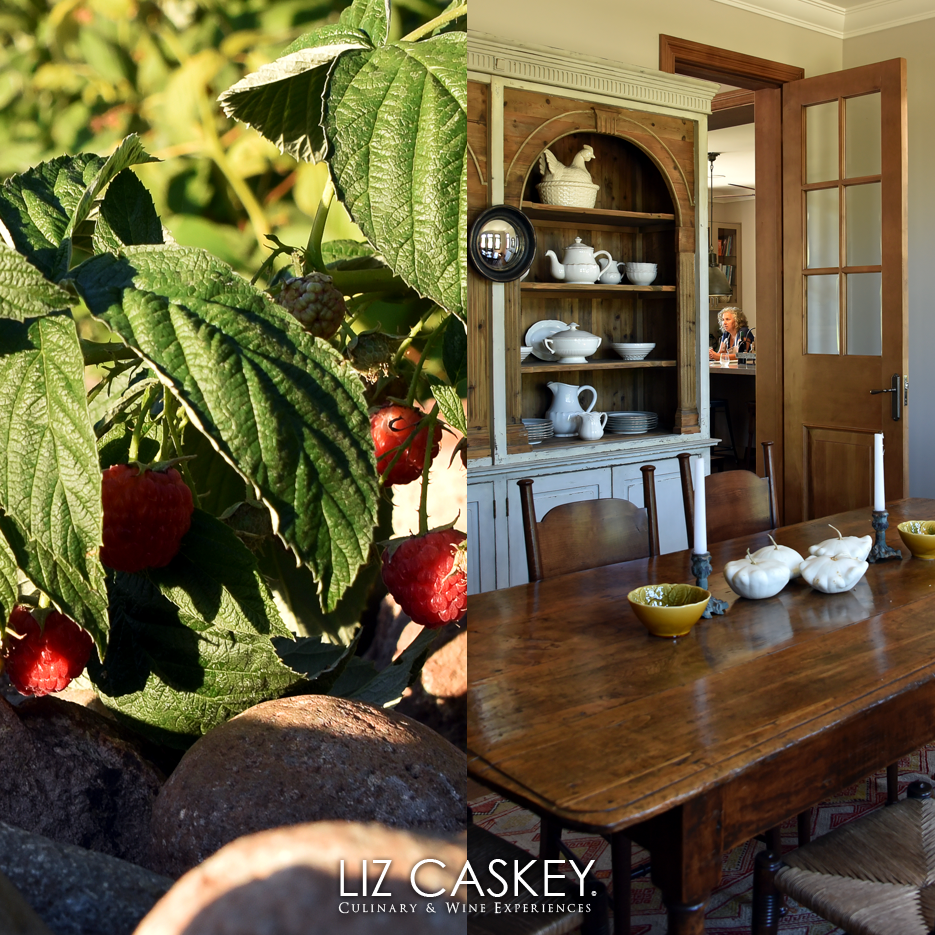
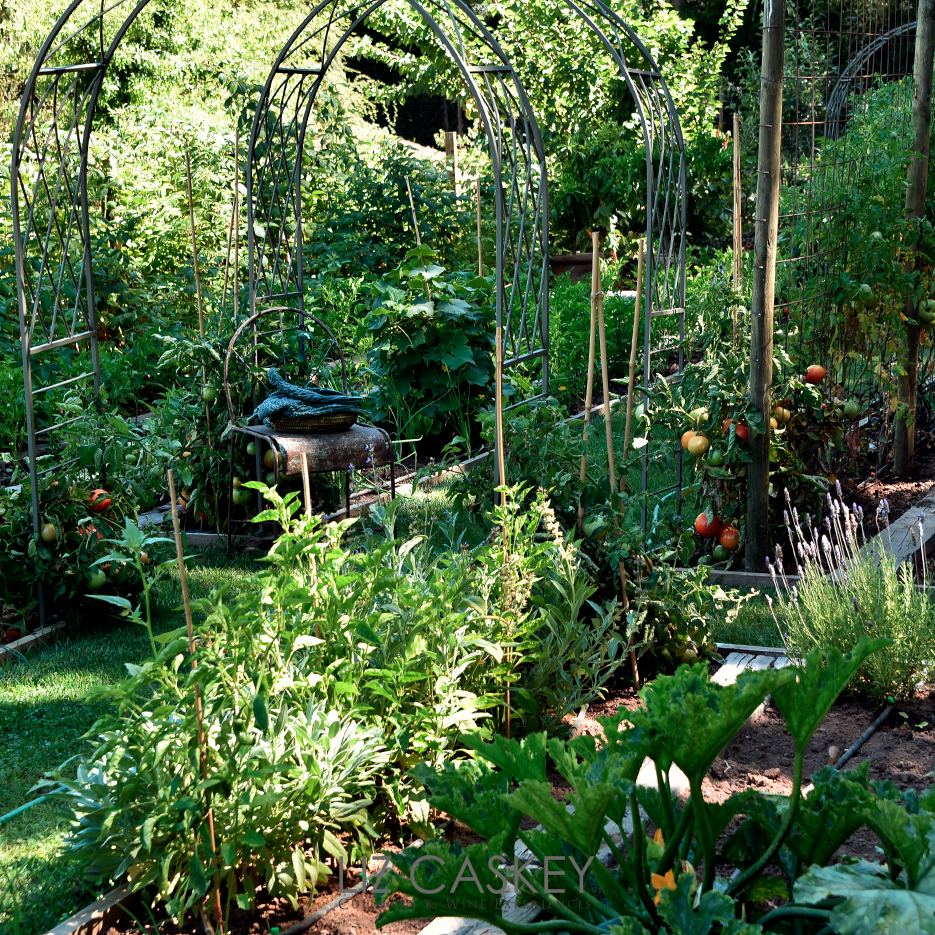
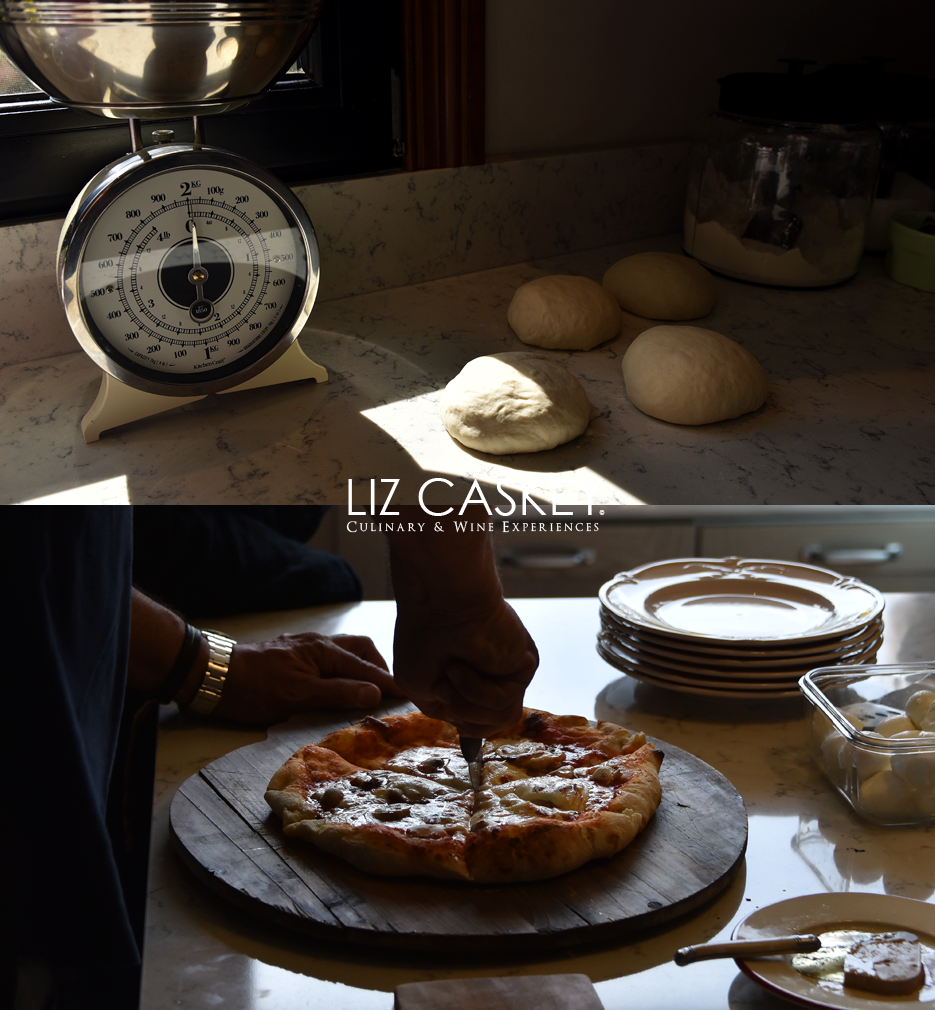
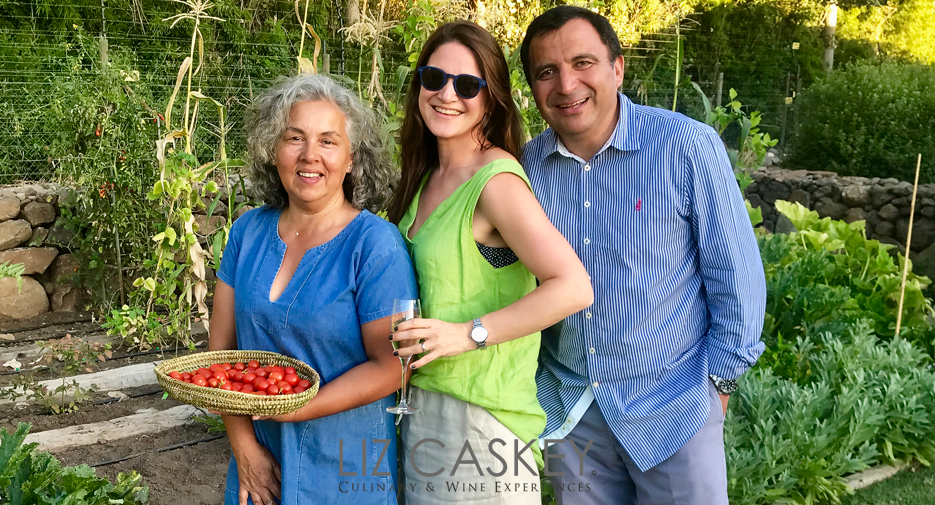
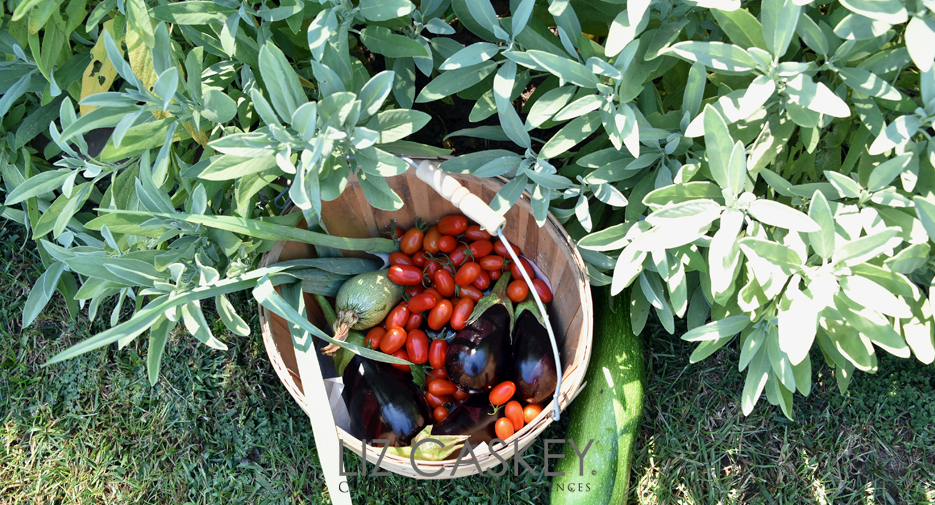
Spending time cooking from the garden always shows me, time and time again, that the garden is about so much more than just the food being grown. A garden is a direct connection to the cycle of life, to nature, and the universal force that flows through everything. In this day and age, when we are more separated from nature than ever, as soon as we dig our hands into the soil, or even walk through a garden, a silent transformation begins inside. Witnessing the cycle of nature from seed to germination, sprouting, growth into a young plant, flowering, and then giving its fruit to sustain us, this, my friends, is nothing short of amazing! A garden reminds us that we are part of a nature. It is the cycle of life and the creative process lived in front of our eyes.
The garden also gives us the privilege of learning to eat with the seasons and cook a variety of products year round which can be a defining force in our own eating and health. Eating with the seasons is totally empowering. It completely rewires our brains and bodies to sync with nature. Receiving those treasures are a constant delight, along with challenge of showing them at their best. It becomes another level of self care, of connection with our friends/family/community, love for our earth, and of course, depth of flavor. I do believe that we should appreciate the hedonistic and pleasurable aspects of eating…always!
As I now step into the next chapter of my own relationship to food and how it’s grown, I am really studying if I can have an urban garden. How? Where? Could we start a community garden here among friends and neighbors? If not immediately, who are the organic farmers I know and how can I support them more? How do I convince my suegros (in-laws) to plant a garden for next spring/summer? And well, if none of that pans out, I will just have to make peace with our terraces and start there–and go visit with Rodrigo & Silvia in the campo again.
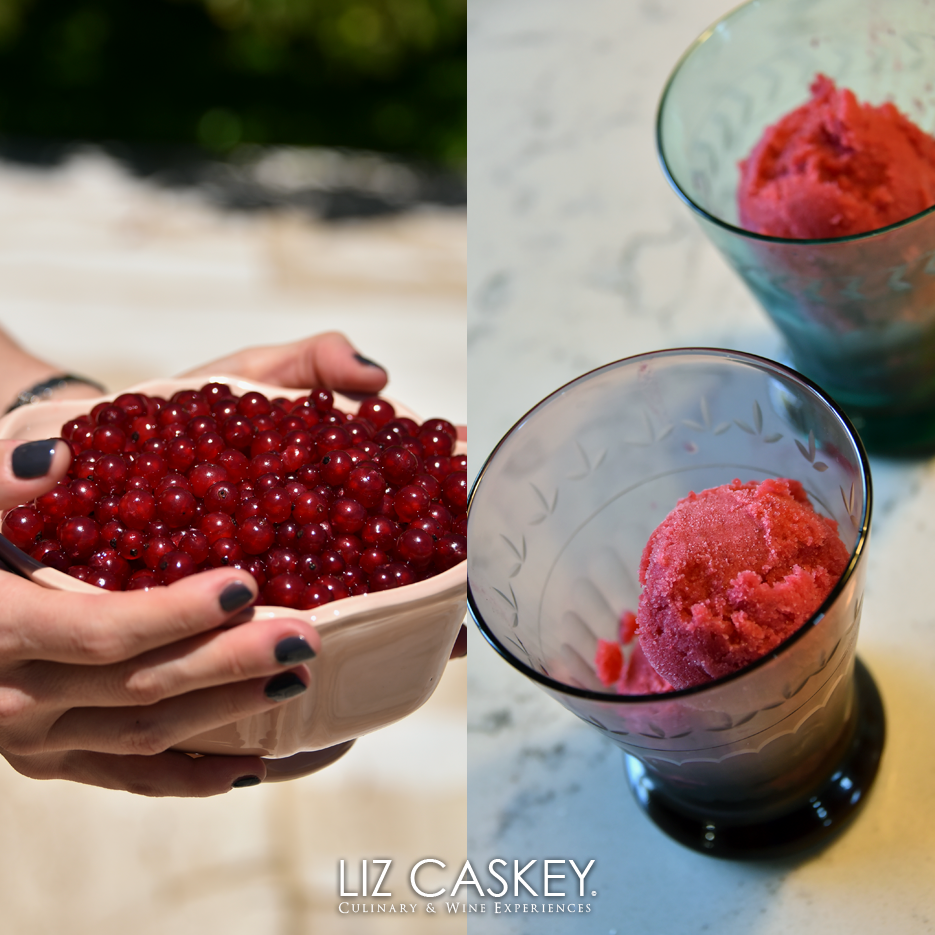
Red Currant Elderflower Sorbet
This sorbet is a tongue dazzler. It is barely sweet and serves as the perfect ending to a light meal in warm weather or works well as a palate cleanser. You could also spike it with a shot of vodka or gin for a delicious “slushy” at cocktail hour or by the pool on a hot afternoon.
Red currants are far more tart than its berry cousins (blueberries, strawberries, raspberries, and blackberries). They appear in our markets in late December/early January right before the summer heat crushes the delicate fruit. Currants are not pleasant to eat raw with their chewy seeds. They need to be strained and made into a puree before being transformed into a gorgeous jelly or sorbet.
In this recipe, I was looking for an undertone that was not citrus. I arrived to elderflowers, remembering that they always go nicely with lemon (also tart), for a distinct floral note. You could also take this in a citrusy direction using orange zest and Cointreau.
If you choose to serve this as a dessert and want it a little sweeter, you can up the sugar to 375 grams, or more to taste (warning: you will cover the delicate berry flavor as you up the sugar). The best texture is achieved by using a gelato machine. Just a little tip here, remember that sorbet does not hold its texture very well once in the freezer–the air disappears quite rapidly and since it doesn’t have any fat to hold the texture, the ice crystals freeze and the texture gets icy.
My suggestion? Make it and enjoy it the same day.
Ingredients
750 grams red currants, de-stemmed and washed
250 grams caster sugar
500 ml water
2-3 tablespoons elderflower cordial
1 pasteurized egg white, beaten to a stiff white foam
 Method
Method
Remove red currants from stems and wash. Put in a pan with 3 tbsp water and bring to the boil, lower the heat, cover and simmer for 5 mins until softened. Push through a sieve to make a purée. Alternatively, if you have a powerful mixer (Blendtec or Vitamix), you can blitz the berries in the blender and push through a sieve. You will have a deep reddish-pink puree.
Stir in the elderflower cordial and set aside. If you heated the mixture, let it cool completely.
Put the caster sugar in a pan with the water and leave over a low heat for 5 mins until the sugar completely dissolves. Raise heat and boil for 10 mins to form a simple syrup. Completely cool before continuing.
Mix the puree and syrup together and place in the bowl of a gelato machine. Follow the machine instructions to operate. It took us 35-40 minutes to churn for the sorbet.
Towards the end of the churning, add the beaten egg white (make sure it forms soft, white peaks before adding). This technique will add creaminess and air to the sorbet. This little “trick” maintains the soft texture rather than having it become a granita. Do remember to use a pasteurized egg white!!
Continue to churn for another 10 minutes or so after you add the egg white, until the sorbet is very creamy. Place in the freezer until ready to serve.
Serves 8

